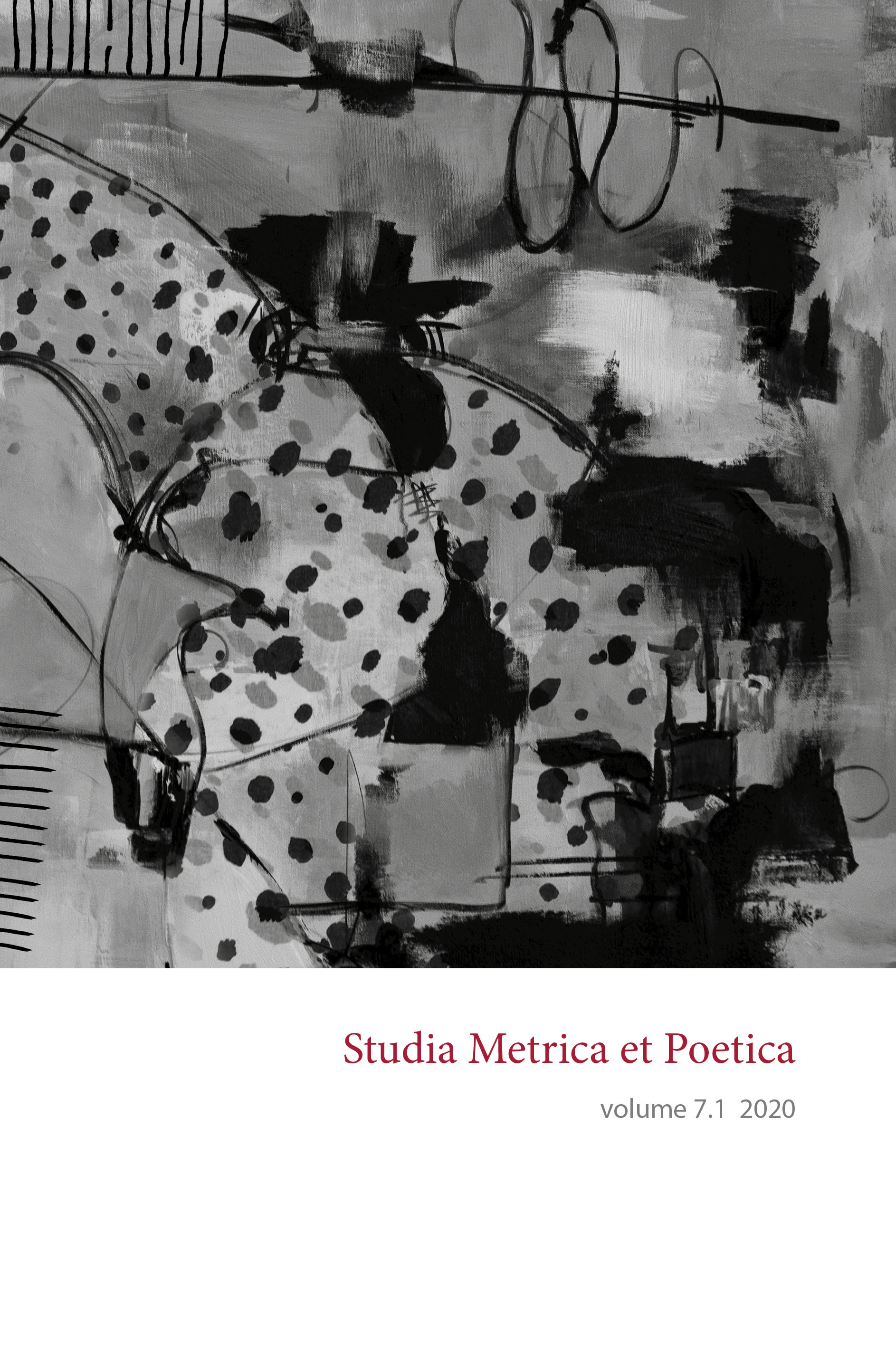The Metrical Structure of the Sapphic Hendecasyllable and Sappho’s Aiolikon in Lesbian Poetry
DOI:
https://doi.org/10.12697/smp.2020.7.1.04Keywords:
Sapphic hendecasyllable, aiolikon, anceps, brevis in longo, comparative-statistical method, generative models, meter, lyric poetry, Sappho, Alcaeus, ancient Greek poetryAbstract
The works of Sappho and Alcaeus, 7th–6th century BC lyric poets from the island of Lesbos, represent the Aeolic tradition of ancient Greek poetry. In this paper, two metrical structures of this tradition, that both have two quantity-free positions (anceps, brevis in longo), are analysed and compared with regard to the quantitative tendencies of these positions. The first metrical structure, the Sapphic hendecasyllable, was used by both poets; the other, aiolikon, is not attested in Alcaeus’s work. The analysed corpus consists of all the survived lines in these meters. Due to the fragmentary nature of the material, the statistical analysis is presented in two sets to add and include the data of the Sapphic and Alcaic lines about which there is a suspicion that they may be in these meters, and also to differentiate dubious data from the undubious. In addition, the statistical data of the quantitative tendencies of the undubious lines is also expressed with generative models. In general, all the free positions, except the ancipites of Sappho’s aiolikon, display a preference for heavy syllables and the preference is more pronounced in the brevis in longo position, especially when it comes to aiolikon. Comparing the hendecasyllables, Alcaeus tends to have more heavy syllables than Sappho. Aiolikon’s free positions exhibit the biggest quantitative contrast.


